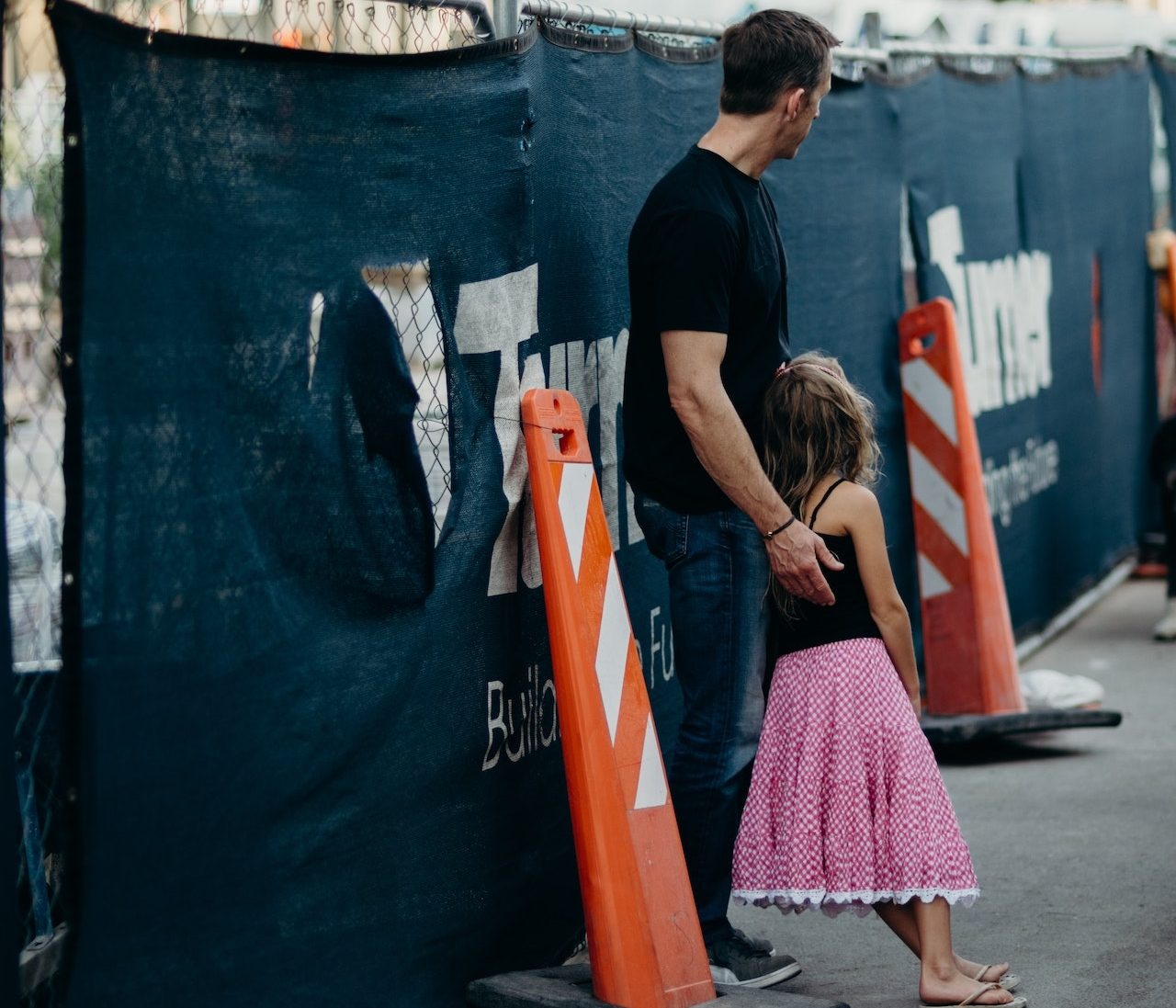How to Help Your Child Deal With Grief

There’s nothing easy about seeing your child experience grief. It’s hard enough for adults to process losing someone we love. So we often wonder how their little minds are handling something so hard to understand. How can you help our child out?
First, you need to know a few things about grief and children.
Grief is usually brought on by losing something valuable, a source of support, security, or endearment. Kids can grieve over all kinds of losses, from the death of a family member to a pet that runs away, a friend who moves, a missing stuffed animal, or parents separating. If it’s a significant loss for them, it’s a big cause of grief.
We usually associate grief with pain. If that’s all it was, it’d be a terrible thing we’d want to avoid.
But these feelings are only a part of grief. As a whole, grief is the process of working through the loss. Some call this moving toward “acceptance” or “back to normal.” However, healthy grief moves us beyond acceptance, and things never quite go back to normal. Grief done well causes us to be different than before the loss, perhaps more resilient or having a greater perspective on life.
Healthy grief helps us grow. We need to keep this in mind when helping our children through grief.
Here’s another thing to know: the grief process isn’t predictable with kids. There are no steps. Every child (and person, for that matter) grieves at their own pace, in their own time, in different waves and intensities of emotions. This makes it challenging for parents like you and me, who’d love to know what we can expect. You need to walk with your child through the process of grief at their pace.
Understand that it’s not our job to take the grief away. That’s tough, I know. We often feel what our kids are feeling. We see the pain, the hurt, the tears, the confusion — and we don’t want our child to experience that. But it is part of the process.
So how can we help our children process grief?
- Let your child open up and talk about what they’re feeling or thinking. Kids often don’t have the vocabulary to describe their deep feelings, so you may have to help your child find the words. If you can help them name their feelings, they can start to process what they feel. Another way to do this is to ask them how their feelings feel. Stick with me here:
- So how are you doing since Grandpa passed away?
- I’m feeling sad.
- I know what you mean — I feel sad, too. What does sadness feel like to you?
- It feels like everybody I know is going to go away. And that makes me scared.
- That must be scary. Let’s talk about that some more.
- Letting your child know that you are grieving can be reassuring to them. If they know that you also feel hurt, sad, and sometimes cry, it helps them feel normal. They may have intense feelings they’ve never felt before, and that’s hard for them to understand, too.
- It’s tempting to try and rationalize the loss with your child.
- Grandpa lived a good, long life.
- Friends move away sometimes, and we can make other friends.
There’s nothing wrong with this; it can help children begin to understand the reality of loss and death. However, keep in mind that loss or death is rarely rational to anyone who is grieving. If these kinds of ideas don’t comfort your child, don’t be alarmed.
As I said, every child grieves at their own pace. However, your child may struggle with grief for an extended time or have dramatic mood or personality changes. In that case, it might be time to get help from a professional counselor.
All children will experience loss and grief. At the risk of sounding cliché, it’s just a part of life. But we can help our kids work through grief in a way that allows them to gain a healthier perspective of life, loss, and themselves. And walking with your child at their pace will help them grow in a healthy way through the process of grief.
Other helpful blogs:
- How to Help Children Handle Their Emotions
- How to Be an Emotionally Safe Parent
- Is Your Child Depressed?
- How to Talk to Your Children When Bad Things Happen








Thoughts? Leave a Comment